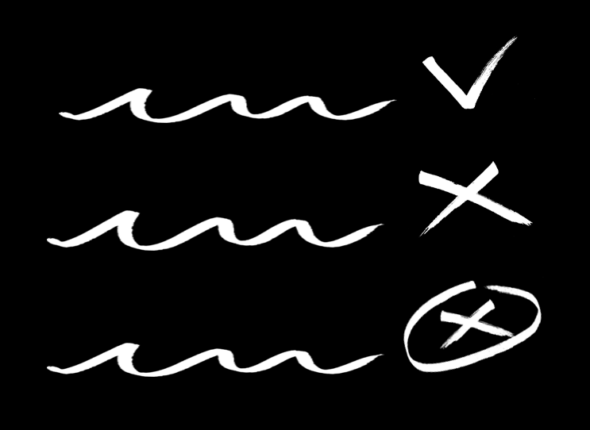-
-
-
-
Shadowing is a hands-on research method in qualitative studies where an observer closely follows a user in their natural environment, effectively becoming their shadow, to gain a deep understanding of how they interact with a specific product or service over a designated period. This technique enables researchers to deeply immerse themselves not only in the users' experiences but also in the daily routines of front-line staff or behind-the-scenes personnel, observing behaviours and interactions firsthand.
Through shadowing, researchers are uniquely positioned to identify when and where problems arise, often capturing issues that those being observed may not even recognize as problematic. It offers a comprehensive view of the service ecosystem, shedding light on discrepancies between what people say they do and their actual actions.
Shadowing provides invaluable insights by documenting real-life encounters and behaviours, thus offering a rich, contextual understanding of user-service interactions. This method is instrumental in developing a thorough, nuanced perspective of the service's functionality and user experience.
Implementation Steps of the Method:
- Define Objectives: Start by clearly defining what you aim to learn or achieve through shadowing. This could range from understanding a particular role within a company to gaining insights into customer behaviours.
- Identify Shadowing: Subjects: Based on your objectives, identify who or what you will be shadowing. Obtain the necessary permissions and ensure that the subjects are comfortable with being observed.
- Plan the Shadowing Session: Plan the logistics of the shadowing session, including timing, duration, and any specific activities or processes you intend to observe. It’s important to be as unobtrusive as possible to ensure that the shadowing experience is authentic. Creating a guide with the data you want to know and obtain can be very helpful to not lose information during the observation process.
- Conduct the Shadowing: Immerse yourself in the experience with an open mind. Take notes, but also pay attention to non-verbal cues and the environment. It’s crucial to remain observant and flexible, as unexpected insights often emerge from unanticipated situations.
- Reflect and Analyze: After the shadowing session, take the time to reflect on your observations and analyse the data collected. Look for patterns, insights, and potential areas for innovation or improvement.
Tips:
- The researcher must remain unnoticed and use various methods to record observations, including text, video, and photos.
- The researcher needs to know in advance what they want to learn during the exercise.
- Observations should be recorded as they are made, but always being careful not to miss other observations while focused on the first.
Possible uses
- User Experience Improvement
- New Product Development
- Customer Journey Mapping
Shadowing is a hands-on research method in qualitative studies where an observer closely follows a user in their natural environment, effectively becoming their shadow, to gain a deep understanding of how they interact with a specific product or service over a designated period. This technique enables researchers to deeply immerse themselves not only in the users' experiences but also in the daily routines of front-line staff or behind-the-scenes personnel, observing behaviours and interactions firsthand.
Through shadowing, researchers are uniquely positioned to identify when and where problems arise, often capturing issues that those being observed may not even recognize as problematic. It offers a comprehensive view of the service ecosystem, shedding light on discrepancies between what people say they do and their actual actions.
Shadowing provides invaluable insights by documenting real-life encounters and behaviours, thus offering a rich, contextual understanding of user-service interactions. This method is instrumental in developing a thorough, nuanced perspective of the service's functionality and user experience.
Implementation Steps of the Method:
- Define Objectives: Start by clearly defining what you aim to learn or achieve through shadowing. This could range from understanding a particular role within a company to gaining insights into customer behaviours.
- Identify Shadowing: Subjects: Based on your objectives, identify who or what you will be shadowing. Obtain the necessary permissions and ensure that the subjects are comfortable with being observed.
- Plan the Shadowing Session: Plan the logistics of the shadowing session, including timing, duration, and any specific activities or processes you intend to observe. It’s important to be as unobtrusive as possible to ensure that the shadowing experience is authentic. Creating a guide with the data you want to know and obtain can be very helpful to not lose information during the observation process.
- Conduct the Shadowing: Immerse yourself in the experience with an open mind. Take notes, but also pay attention to non-verbal cues and the environment. It’s crucial to remain observant and flexible, as unexpected insights often emerge from unanticipated situations.
- Reflect and Analyze: After the shadowing session, take the time to reflect on your observations and analyse the data collected. Look for patterns, insights, and potential areas for innovation or improvement.
Tips:
- The researcher must remain unnoticed and use various methods to record observations, including text, video, and photos.
- The researcher needs to know in advance what they want to learn during the exercise.
- Observations should be recorded as they are made, but always being careful not to miss other observations while focused on the first.
Possible uses
- User Experience Improvement
- New Product Development
- Customer Journey Mapping






